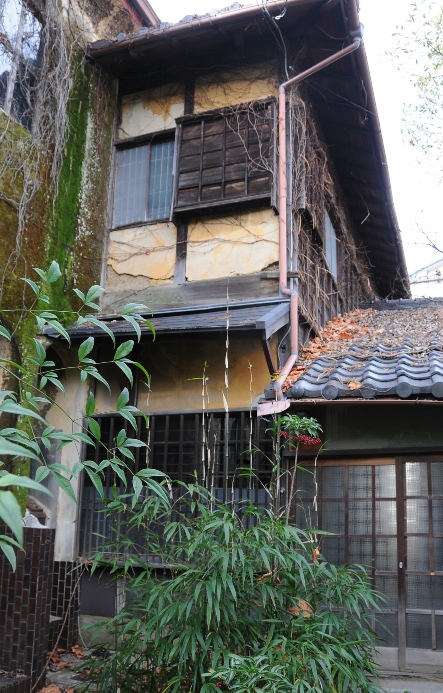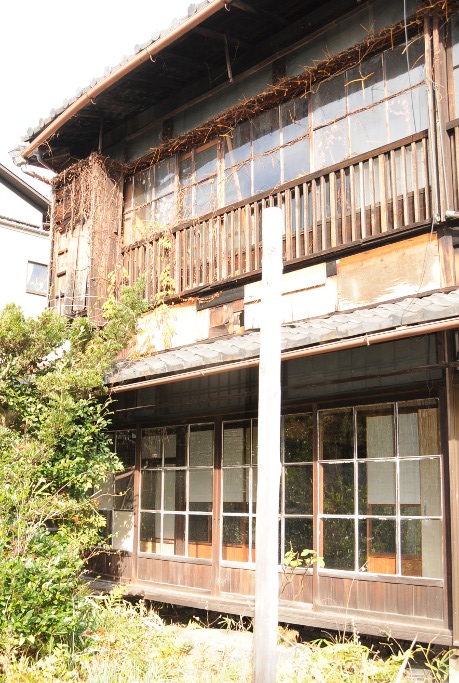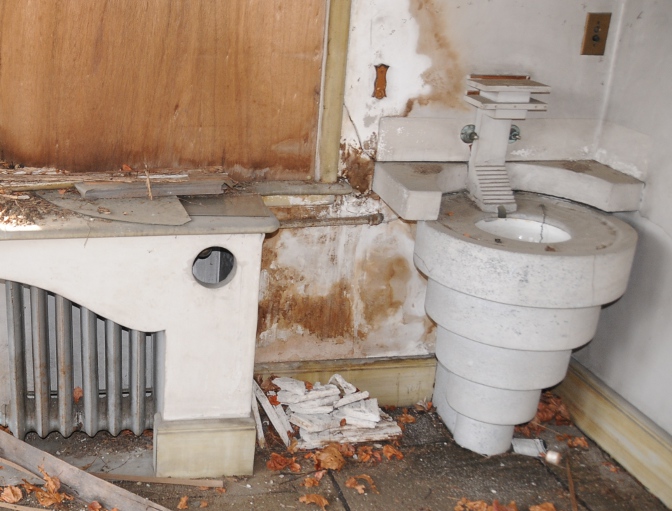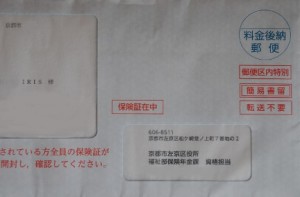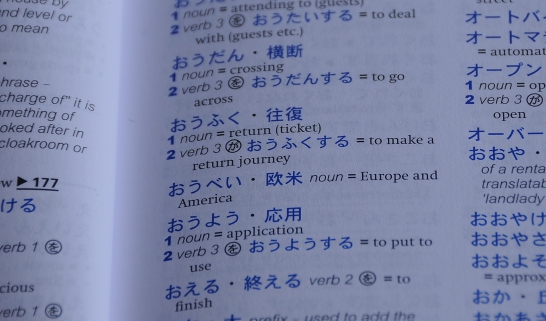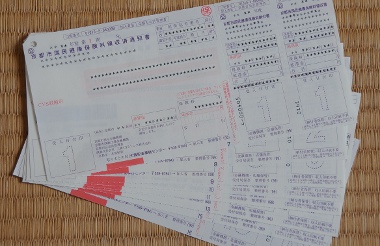I am still in search for a new place to live. Finding one proves interestingly difficult. To be fair, I do pose some difficulties, starting with the fact that I am a foreigner and not every landlord wants to rent to one. Yes, I know, it is 2015 and in Japan people are still allowed to discriminate on those grounds – hence, my real estate agent is always asking first whether a foreigner – from Austria! – is considered a good tenant. Foreigners, of course, all want the same: space and light; and on top of that I need a room that is completely separate from the living space to become my office.
Essentially this means I have to be able to get to my office from the entrance without crossing any other of the rooms I live in. This rather trivial constraint already rules out about two thirds of all apartments! Very often, the genkan, the entrance space where Japanese people remove their shoes, is right inside the kitchen. Yes, I know this was rather common in Europe too – a friend of my grandmother’s had a place like this – but I can say with confidence that in the 1980s nobody would build an apartment like this anymore. In Japan, however…
Space is the next issue. Everyone knows that everything in Japan is quite small; a standard room has six tatami mats, that’s about 12 square metres. This is reasonable – until one starts to reduce the size of one mat to fit in more apartments… Hence, it is really important to actually visit a place, because 30 tatami can mean something quite different, depending on the place.
Another problem: Light. Interestingly, many apartments are built in a very long and narrow fashion. Most likely this is a reminiscence of the old machiya merchant houses, that had a very narrow street front and a sheer endless number of rooms behind it (the reason was tax evasion…). Of course, those old houses had at least one courtyard in the middle to provide some extra light, but in modern apartments this is not quite feasible, at least not in the fifth floor. So essentially what you get is a long narrow tube with openings on both ends. Which, unfortunately are not always sufficient to light the entire space in between, especially if at one of said tube endings there is another wall nearby…
So, yes, it proves rather difficult to find something I like. And as I will spend a considerable time there, I think this is a rather important point. On my quest for the perfect apartment, I have so far seen six places. Four of them were an immediate “Oh goodness, NO!”, one was a “well…” and another one was a resounding “YES!”. Which is actually an excellent average. The apartment has a good size, lies in a quiet area, is newly renovated and very bright, and all this comes at a reasonable price.
Hence, I instructed my real estate agent to prepare the contract. That was last week Tuesday. It took him a while, but he finally got back to me on Saturday late afternoon to tell me that I am not getting the place: I did not pass the extra tenant screening. Despite the fact that I have finally found somebody who will act as a guarantor for me (essentially somebody who co-signs the contract and promises to pay the rent and any damages I may cause in case I am unable to pay myself), there was still an extra screening needed to make sure that I’m a decent tenant and will not default on my rent.
And the whole thing failed because: I don’t have a mobile phone now and the company thinks I am not reachable. No promises that I will get a phone as soon as I move in, helped. No phone numbers of friends and the insistence that it’s really better for a real estate company to talk to a Japanese than to me who can barely communicate, helped. Which begs the question whether a 17-year-old with the latest mobile is more trustworthy than I am. Or why people in Japan have managed never to have heard of email (even my agent had troubles with that…)
I was furious. Then I was disappointed. Then I started pleading with my agent because it was such a lovely apartment really… He refused to get back to the agency. Essentially he said that Japanese people are very stubborn (he did not use this word though) and that once they say NO, that’s that. I guess there were other things they didn’t like about me, but the “cannot be contacted now” was the easiest way to refuse me.
So, I am back to square one. Now, of course, the agent keeps on saying that whenever such a company stands between me and the actual owner of the place, it is useless to even try applying. Which does not sit well with me… I am now wondering whether I should get the “well…” apartment I mentioned above (I spoke to the owner, and he’s a very nice and relaxed guy which will make living there rather easy), or whether I should wait for the perfect place to show up on my radar. Unfortunately my time is limited…
Suggestions?



